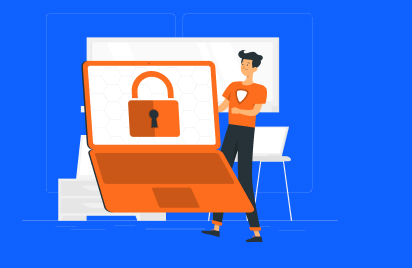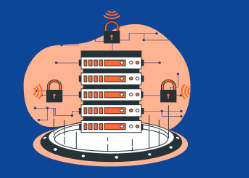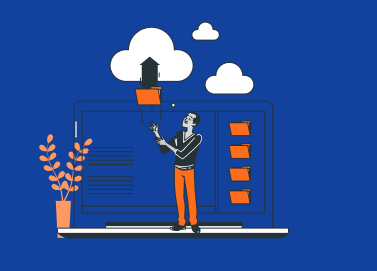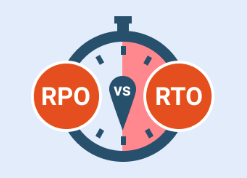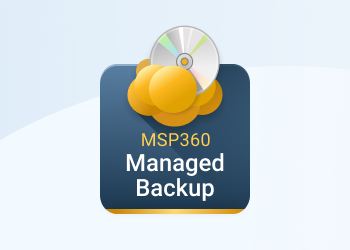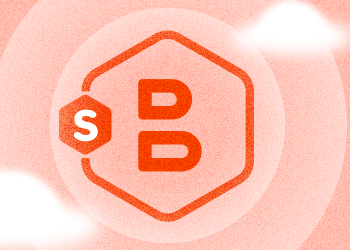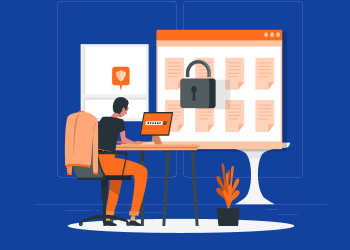We are happy to introduce MSP360 Backup for Microsoft 365 and Google Workspace 4.8, which brings a major addition to the storage experience – built-in managed cloud storage.
With this release, the need for third-party storage setup is entirely eliminated, configuration time is reduced, and administrators can start protecting Microsoft 365 and Google Workspace data immediately upon sign up. Continue reading
New Backup Format, GFS, Restore Verification in MSP360 Managed Backup
We have been working hard for the past months and are happy to announce that the new MSP360 Managed Backup 5.2 is finally here! This massive milestone release introduces the new backup format, which allows for a number of amazing features. Continue reading
How to Easily Set Up Remote Desktop Connection on Windows
Only a couple of years ago, we couldn’t imagine remote work being that common. Both businesses and individuals now enjoy the opportunities it offers. If you need something from a remote computer, it’s not necessary to get it in person; you can access the machine via one of the dedicated services, regardless of how far away it is. Continue reading
News You Might’ve Missed. September 2021
What's new this month in the news for MSPs? Storage capabilities extended by Google Cloud providing more choices for data replication; 'OMIGOD' Microsoft Azure weaknesses show users vulnerable to attackers; REvil cybercriminal gang back on the dark web; and more. Continue reading
Guide to Vendor Risk Assessment
There are several types of vendor-related risks that you should be aware of. And although the risk of being compromised due to a successful hack of your vendor or partner is certainly possible, it is among the least probable on that list. In this article, we will overview the main types of risks that you should keep in mind. We will also help you to create a methodology and a workflow to embed vendor risk management techniques to help you pick the best one for the job. Continue reading
What MSPs Should Know About Zero-Day Exploits
When it comes to protecting clients from cyberattacks, a zero-day exploit can be an MSP’s biggest enemy. A zero-day is a computer software vulnerability that remains undetected by either the vendor or the user until it is activated by the attackers. Continue reading
Introducing MSP360 Backup 7.2
Here at MSP360, we are constantly improving our Backup software and adding new features to make your backup routines more convenient and reliable. In this guide, we introduce the new version of MSP360 Backup, version 7.2, with an important Immutability feature. Read on to learn more. Continue reading
How to Protect Backups from Ransomware: Full Guide
Nowadays, ransomware attacks aim for essential data assets, such as production databases and backups. If your backups are encrypted by the malefactors, you have only two choices left: to pay the ransom or to forget about your data. Thankfully, there are a range of tactics to protect your backups from ransomware attacks. Continue reading
Frequently Asked Questions About MSP Documentation
Let’s face it. Even the smallest MSP business is made up of numerous elements that are intricately connected. On one hand, there are internal processes like employee management and network management. Then on the other, you have to worry about external processes like client management and system maintenance. Continue reading
Top Nontrivial MSP Tools You Need
It goes without saying that, as an IT managed services provider, you certainly need to prioritize software tools that power critical IT management functionalities - such as remote monitoring and management (RMM), professional services automation (PSA), and ticket management, plus backup and disaster recovery. Continue reading
Why Routine Maintenance Is Critical to Maintaining a Secure Network
The average cybersecurity budget is expected to increase 71 percent over the next three years, quickly approaching $1 trillion globally spent on a variety of technology solutions to protect businesses around the world. Continue reading
Meteor Wiper Malware: How a Robust Backup Strategy Can Help
You’ve heard of ransomware, which is capable of rapidly encrypting and disabling files in a bid to force victims to pay exorbitant ransom fees. Now, there is a new threat to your data: wiper malware. Continue reading


